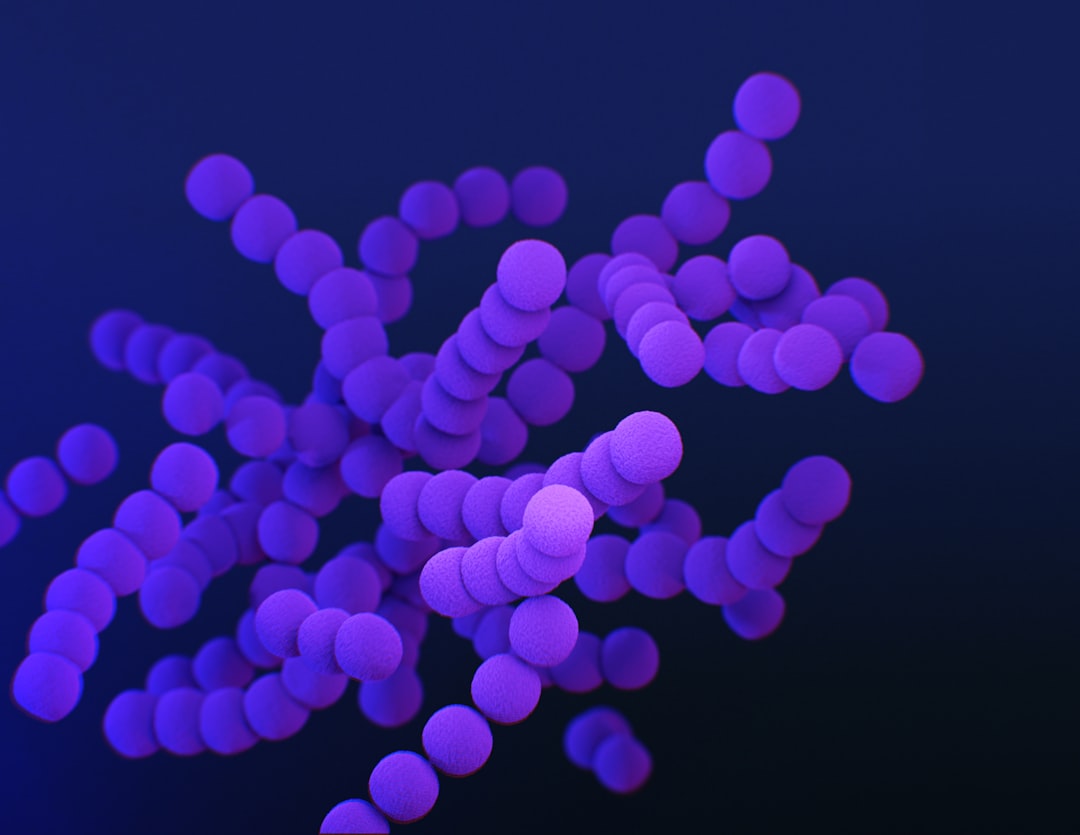What is it about?
Genes work because they contain instructions for making proteins, which carry out most of the chemical activities required for life processes to occur. The coding scheme by which genes encode proteins, the "genetic code", is complex because genes use 64 different units of information ("codons") to encode proteins which consists of 20 units of information (amino acids). Because of this relationship, different gene sequences can code for the same protein. Here we use an experimental "genetic tug of war" assay to measure the strength of selection acting on gene sequences. We use this to study how selection is altered for different genes encoding the same protein. In our assay, we observe some selective forces which are not explained by common theories of gene evolution.
Featured Image

Photo by Anna Samoylova on Unsplash
Why is it important?
Studying how gene sequences evolve through the concerted action of mutations and selective forces is a very active field in the life sciences. Our findings appear to reveal a selection mechanism that is not covered in current evolutionary theories.
Perspectives
This study employed a fairly ingenious experimental assay invented by Moriya and colleagues ("genetic tug of war") which I have long admired. It was great to set this up and get it to work in our lab.
Dr Tobias von der Haar
University of Kent
Read the Original
This page is a summary of: Experimental determination of codon usage‐dependent selective pressure on high copy‐number genes in
Saccharomyces cerevisiae, Yeast, December 2018, Wiley,
DOI: 10.1002/yea.3373.
You can read the full text:
Resources
Contributors
The following have contributed to this page










